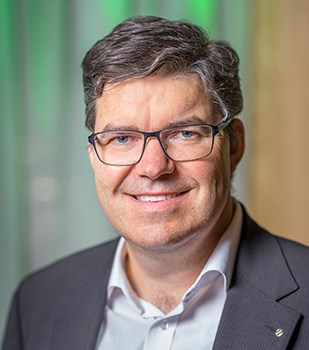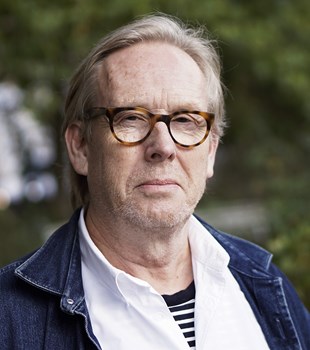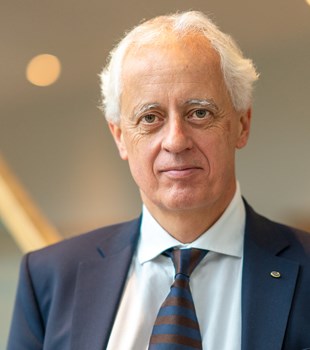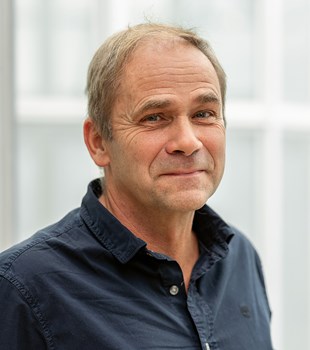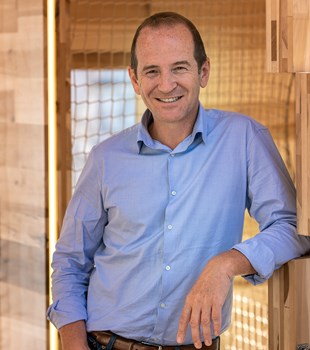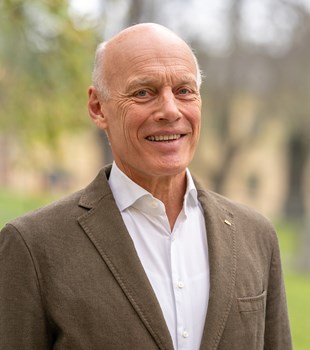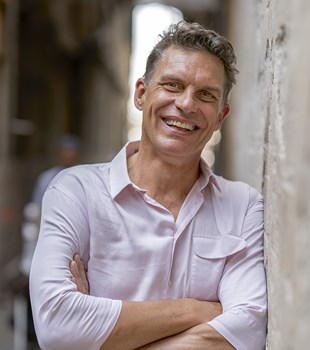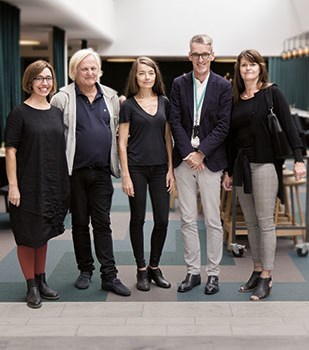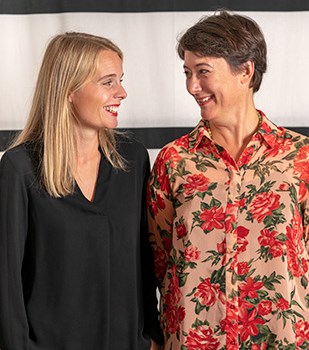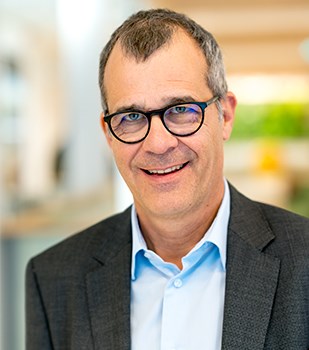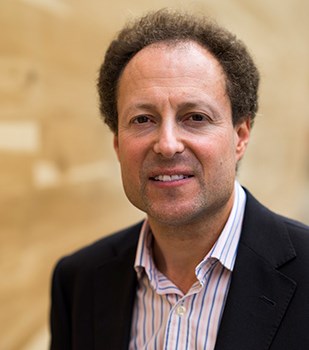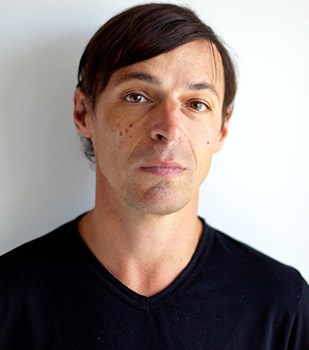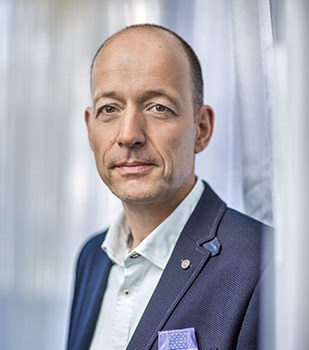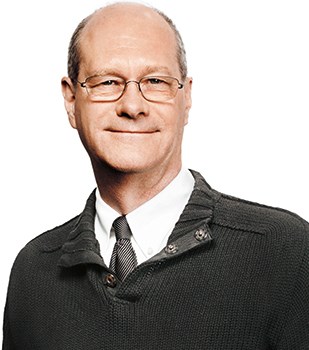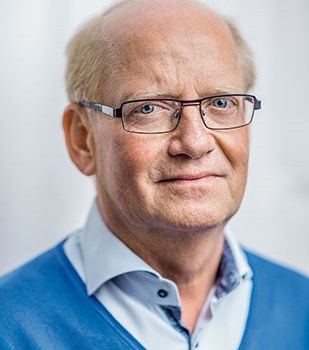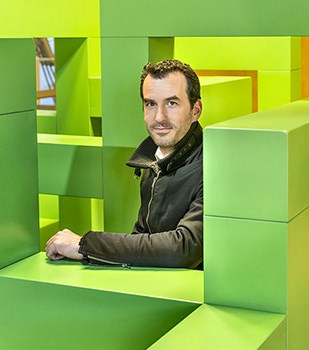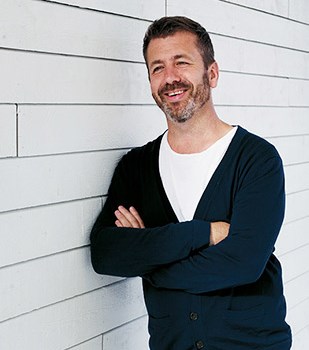What is your background in wood?
I started out as a carpenter’s apprentice and spent four years doing joinery and working on various construction sites. Then I took a Bachelor’s degree in wood engineering at the Department of Architecture, Wood and Civil Engineering in Biel, part of Bern University of Applied Sciences, Switzerland. After that, I spent two years at a large engineering firm, before setting up my own practice in Lucerne, with a core focus on wood construction. Now, 20 years later, we have around 50 employees based in four locations.
Can you describe the wood engineering degree in Biel?
It looks at the entire ecosystem of a building – everything from how it is put together, static calculations, sound insulation and fire safety to sustainability calculations. The course teaches you to cost and quality assure a building. It’s a very special wood engineering degree that is only available in Biel, although there is a similar course in Rosenheim, Germany.
You have developed your own hybrid floor structure. Can you explain why?
When we began 20 years ago, our floor structure designs were too costly, around 2–3 times more expensive than the concrete equivalent. We were forced to develop our own system to make them more competitive. Our solution was a hybrid floor structure in mass timber and cast concrete. Now we were able to design floor structures with the same thickness, sound insulation and fire safety as one made entirely from concrete.
Which category is seeing the greatest advances when it comes to wood construction in Switzerland today?
Buildings with 4–8 storeys are making the greatest strides. Switzerland has a shortage of land on which to build more apartments. The solution is that we are demolishing existing 40–50 year-old buildings that perhaps housed 20 apartments and then erecting new blocks with 40–50 apartments on the same plot. The residents move out, we build a new apartment block and after a relatively short time the residents can move back into the new building. The most modern trend now is to build 6–8 storey blocks in wood. We’re building using mass timber solutions and we’re building much more quickly than we could in concrete.
What is the future potential for wooden structures?
For me, the market is wide open. What we’re doing now is training ourselves up for the construction of the future. Within the next 35 years, cities around the world are going to need housing for 4 billion people. If we build in concrete, the Earth’s average temperature is going to just rise and rise. But if we build all this new housing in wood, the temperature will only rise by one or two degrees. I believe there’s really only one solution if we want to protect the climate. That is to build in wood. And it’s going to happen.
What will your company be focusing on?
I think we’ll be working on the more interesting and challenging projects, rather than the biggest projects. We’re constantly striving to come up with new engineering ideas, in order to build faster, safer and better buildings, buildings that are cheaper to construct and that require less technology to complete. We need to make construction easier. A concrete floor structure is so easy to build, and we therefore need to develop methods that make it equally easy to build in wood and achieve the same performance.
TEXT David Valldeby

